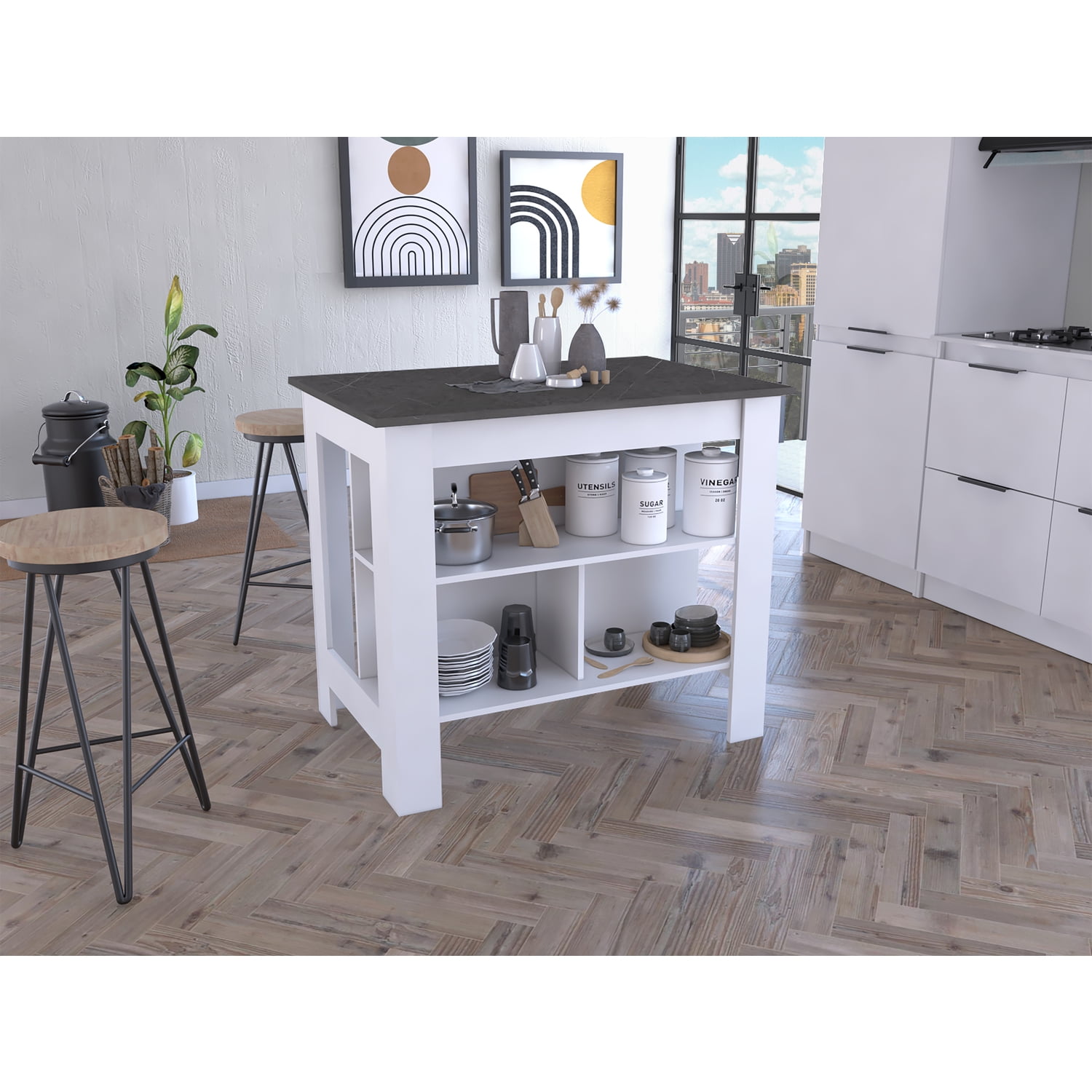An Overview to Selecting the Perfect Legs For Cooking Area Island for Your Home
Selecting the perfect legs for your kitchen area island is a nuanced decision that influences both the functionality and visual appeal of this main room. As you take into consideration these components, it becomes apparent that the best legs can transform not only the look of your kitchen but additionally its use for years to come.
:max_bytes(150000):strip_icc()/pink-marble-tile_House-of-Harvee-9f030193ae38484a9cb7ea2d71af66f4.jpg)
Comprehending Cooking Area Island Legs
When picking legs for a kitchen area island, it's important to recognize their aesthetic and useful functions in the total design. The legs offer as an important support group, guaranteeing stability and durability for the island, which typically functions as an office, dining location, or gathering place. For that reason, the selection of material and building and construction technique need to be robust enough to withstand everyday usage and potential wear.
Along with their architectural duties, legs contribute substantially to the island's aesthetic allure. They can enhance the kitchen area's design, whether through conventional, modern, or eclectic styles. The elevation and percentage of the legs are additionally crucial factors to consider; they must harmonize with the island's kitchen counter elevation while ensuring comfortable seating for those using the space.
In addition, the leg style can affect the overall circulation of the kitchen area. Open, airy leg styles can create a sense of agility, while solid, considerable legs may share an extra based and secure visual - Legs For Kitchen Island. Recognizing these functional and aesthetic facets will guide homeowners in making informed choices that complement their kitchen's design and boost its use
Popular Styles and Materials
The option of legs for a cooking area island includes a range of popular designs and products, each offering special qualities that can improve both performance and visual appeals. Typical legs usually exhibit luxuriant details and workmanship, boosting traditional kitchen styles.
:max_bytes(150000):strip_icc()/pink-marble-tile_House-of-Harvee-9f030193ae38484a9cb7ea2d71af66f4.jpg)
Elevation and Stability Considerations

The legs of the cooking area island ought to provide ample assistance, making sure that the framework can stand up to daily usage without wobbling or changing. Material selection plays a considerable function in stability; steel legs, for instance, have a tendency to provide better strength contrasted to wood.
Matching Your Kitchen Aesthetic
Picking the best legs for your cooking area island exceeds functionality; it additionally plays a significant function in the total visual of the space. When selecting legs, take into consideration the design style of your cooking area. For a contemporary appearance, sleek metal or minimalist designs can develop a tidy, modern vibe. On the various other hand, conventional or rustic cooking areas typically benefit from wooden legs with detailed detailing or a distressed coating, enhancing heat and personality.
Legs that match or contrast with your island's surface and bordering cabinetry can produce visual consistency or striking focal factors. Furthermore, take into consideration the coating of the legs; matte, shiny, or textured finishes can substantially influence the general feel of the kitchen.
Installment and Maintenance Tips
Installing cooking area island legs needs cautious attention to detail to guarantee both security and visual appeal. Begin by picking a suitable place for your island, ensuring it is degree and has sufficient room for motion. If you are connecting the legs to a wall or using brackets for added support, make use of a stud finder to find wall studs. Mark the placement of the legs accurately prior to drilling.
When protecting the legs, use high-quality screws and, if needed, timber adhesive for extra toughness. For metal legs, make certain that you are using appropriate supports and tools to stop damages to your flooring. see it here It is advisable to examine for levelness after installation, making modifications as required to prevent tottering.
Maintenance is similarly important for longevity - Legs For Kitchen Island. Regularly check the legs for any type of indicators of wear or helping to loosen, especially in high-traffic areas. Clean the legs with a suitable cleaner, avoiding rough products that might scratch the surface area. For wood legs, consider applying a wood conditioner occasionally to maintain their finish. By following these setup and maintenance tips, you can make sure that your cooking area island legs continue to be both useful and visually attractive.
Verdict
To conclude, picking the appropriate legs for a kitchen island necessitates mindful factor to consider of elevation, security, and visual compatibility. By selecting appropriate materials and styles that line up with the overall kitchen style, performance can be boosted while maintaining visual allure. Proper installation and ongoing maintenance better add to the resilience and longevity of the cooking area island. Ultimately, thoughtful leg choice plays an important role in boosting both the click for source functionality and Extra resources style of the kitchen area space.
When selecting legs for a cooking area island, it's essential to comprehend their visual and practical functions in the total design. Open, ventilated leg styles can produce a sense of lightness, while strong, substantial legs might share a more grounded and secure aesthetic. The legs of the cooking area island must provide sufficient assistance, guaranteeing that the framework can stand up to day-to-day use without tottering or changing.Installing kitchen area island legs calls for mindful interest to information to guarantee both stability and visual allure.In final thought, picking the suitable legs for a kitchen area island demands cautious factor to consider of elevation, security, and aesthetic compatibility.